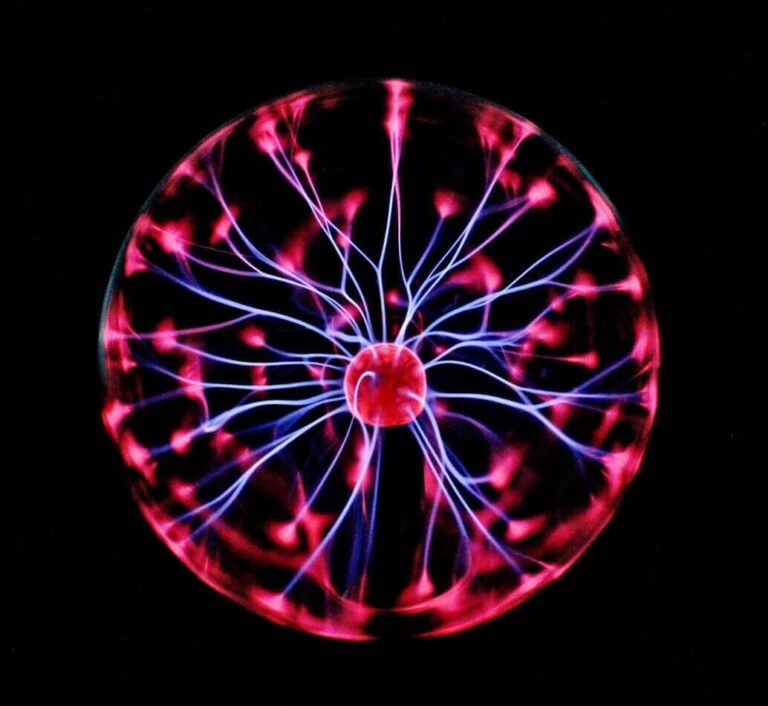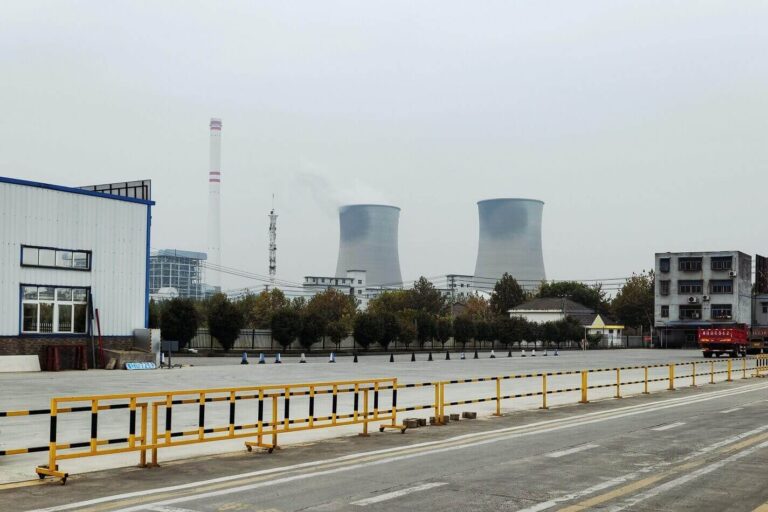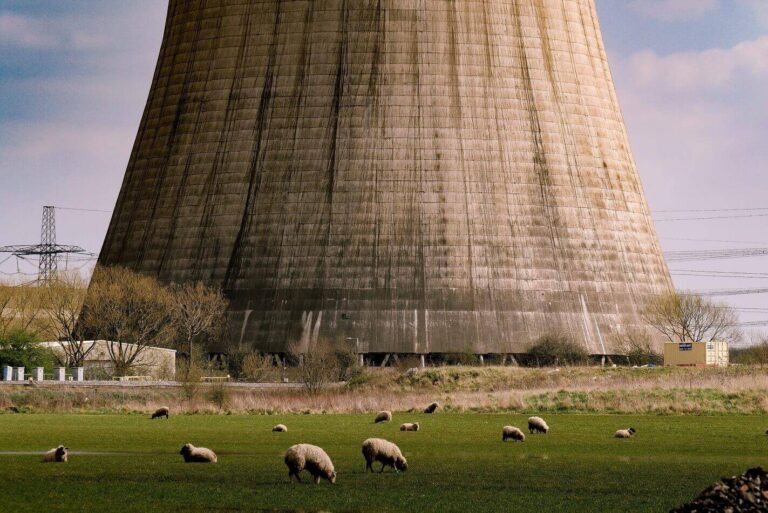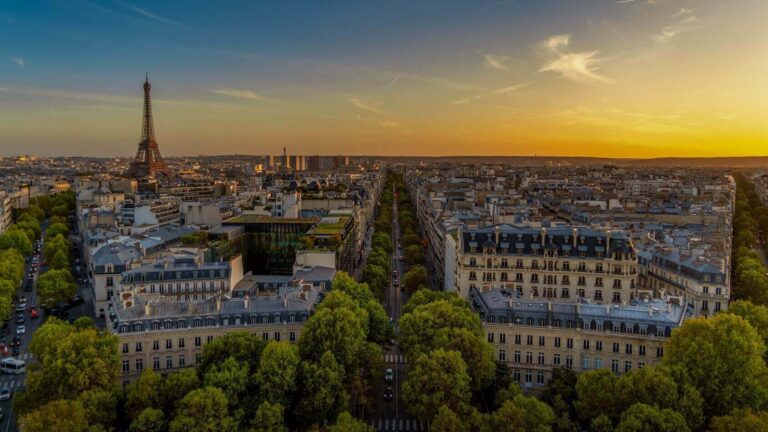how sustainable is nuclear energy? is it the next planet saver?
what exactly is nuclear energy?
With the increasing energy prices and the problem with fossil fuels, nuclear energy rises again as a carbon-free and efficient option to produce energy, but, what exactly is it?
Nuclear-powered energy is the energy released by a nuclear reaction, either through fission or fusion. It works by using the massive energy released by the atoms in the nucleus of the atom. It produces massive amounts of energy, which can be used to generate electricity or to power other devices.
This is the energy in the nucleus, or core, of an atom. Atoms are the smallest particles of an element that have the chemical properties of that element. The nucleus of an atom is made up of protons and neutrons. The number of protons in the nucleus determines the element. For example, all atoms of carbon have six protons in their nucleus.
This energy can be used to create electricity. Nuclear power plants use uranium to produce electricity. Uranium is a metal that is found in rocks all over the world. Uranium atoms are split apart in a process called nuclear fission. This process releases energy that is used to heat water, produce steam, and turn turbines. The turbines generate the final electricity.
Nuclear energy started in the early 1900s when scientists discovered that atoms could be split apart. This led to the development of nuclear power plants in the 1950s. These power plants use uranium to generate electricity, as we already have explained to you. It was created to provide an alternative to the then-existing fossil fuel power plants.
Now that you have a little bit more insight into what this type of energy is and how it started, you can understand a little bit better what we are going to discuss next, so stay tuned.

why is nuclear energy considered bad?
We have discussed how much energy these little atoms can produce, and we have yet to discuss how it can be an environmentally friendly option, however, we first have to find out the reasons why this type of energy is considered bad:
It is sometimes considered bad for a variety of reasons. First, it is expensive to build and maintain nuclear power plants. Second, these power plants produce radioactive waste that must be carefully disposed of. Third, there is the risk of an accident, which could release harmful radiation into the environment. Finally, nuclear weapons can be made from the materials used in nuclear power plants, which raises the risk of nuclear proliferation.
The Chornobyl accident was a catastrophic nuclear disaster that occurred on April 26, 1986, at the Chornobyl Nuclear Power Plant in Pripyat, Ukraine. The accident released large amounts of radioactive materials into the environment, resulting in the evacuation of over 100,000 people and the deaths of many more.
The accident had a profound impact on public opinion of nuclear energy, with many people now opposed to the use of nuclear power. The accident also led to the development of stricter safety regulations for nuclear power plants around the world.
But if you have seen the movie about the accident, you already know that it was produced because of enormous neglect and lack of transparency by the Soviets, who did not want to recognize that there was even an issue to begin with, which could have led to a much more catastrophic disaster if it wasn’t for the brave people that stood up for the sake of the whole European continent.
Overall, these are the main reasons why this type of energy is seen with bad eyes, and the action of the governments who act in a way to keep the population „happy” rather than being pragmatic and doing what is best.

how nuclear energy is actually sustainable
Now that we have talked about why the energy that comes from the atoms is seen with bad eyes, we are going to tell you if it’s really environmentally friendly and if it can save the planet:
This energy is sustainable because it produces large amounts of energy with a small environmental footprint. Unlike fossil fuels, nuclear energy does not produce greenhouse gas emissions. The power plants also have a very small land footprint, making them a sustainable option for energy production.
There are several reasons why it is also very safe. First, the power plants are designed with multiple levels of safety features to prevent accidents. Second, the radioactive waste from the power plants is carefully managed and monitored to ensure that it does not pose a risk to human health or the environment. Finally, the use of this energy actually reduces the number of greenhouse gases that are emitted into the atmosphere, making it a cleaner and more sustainable form of energy.
It is also considered the future because it is a clean and efficient source of energy. The power plants do not produce greenhouse gases, and they can generate electricity without emitting air pollutants. In addition, this type of power is a reliable source of energy that can operate around the clock. It is much better for the environment than coal-fired power plants and other fossil-fuel-burning power plants.
In conclusion, they are the best and most efficient option that we have at the moment, being infinitely better than any other traditional method of producing energy, and the advances in technology and the information that we have learned from our other mistakes have made it so this type of energy is the safest one at the moment, even more people die per year because of wind turbines (170 people/year) than because of the power of the atom.

nuclear energy: france vs germany
Now that you know how atoms can produce a much cleaner and more efficient form of energy, we are going to present you with two examples that are completely different from each other regarding this subject, and how each of them played out:
France has been a leader in this type of energy for many years, and currently gets about 75% of its electricity from atoms. The country has prioritized it in order to reduce its dependence on imported fossil fuels and to provide a cleaner source of electricity. France has also been a leader in developing technology and is currently working on next-generation reactors.
So far, the French government has invested heavily in the power of the atom and has been working to create a sustainable nuclear industry. To achieve this, the government has created several policies and programs to support this sector. For example, the government has set up a special fund to finance research and development and has also created a tax incentive program to encourage investment in this energy.
The French government is also working to create an international market for their technology. In order to do this, the government is working with other countries to develop power plants and also selling its own technology to other countries. Overall, the French government is committed to this energy and is working to make it a key part of the country’s energy mix.
France’s stand opposes its neighbor Germany, who in recent years has been a leader in the global fight against climate change and has been a strong advocate for the development of renewable energy sources. Moreover, the country has also been a major player in the nuclear energy industry, with more than a dozen nuclear reactors currently in operation.
In the wake of the 2011 Fukushima Daiichi nuclear disaster in Japan, Germany announced that it would phase out all of its reactors by the end of 2022. The decision was a major blow to the industry, and it is still unclear how Germany will replace the lost power. Renewable energy sources are likely to play a major role in meeting Germany’s energy needs in the future. The country has significant potential for wind and solar power, and it is already a world leader in the development of renewable energy technologies.
The decision of the German government of ditching their reactors comes from the fear among the German population of this type of energy, but it hasn’t worked out very well, not even close to well actually. There have been a great number of times when the electricity demand was too big to handle by the renewable energy sources, forcing the government to burn coal in thermic power plants to increase the supply, which as you already know is the worst and most polluting form of energy existing.
The German government has been forced to abandon its plans to phase out atomic power after the country was hit by a series of power blackouts. The blackouts, which affected millions of people, were caused by a sudden drop in wind power output. With the power plants providing around a third of the country’s electricity, the blackouts have led to a sharp increase in energy prices and a drop in confidence in the German energy sector.
The country’s energy minister, Sigmar Gabriel, has said that the blackouts have shown that the country cannot do without nuclear power in the short term. This U-turn in policy is likely to be costly, as the German government has already committed to closing all of the country’s nuclear power plants by 2022. It is also likely to cause tensions within the ruling coalition, as the left-of-center Social Democrats are strongly opposed to nuclear power.
Not to mention what it means for the future of the country considering the current political environment that they are facing, with Russia cutting out their gas supplies to the continent, the German population is going to suffer devastating consequences because of their high dependence on Russian gas and their previous actions to dismantle their power plants.
To sum it all up, the time has told us that France’s stand on nuclear power is much better not only for the environment, but for the integrity and security of the country, and the welfare of the population; and that we shouldn’t fear atomic energy so much, we should rather direct our resources to make this type of energy a lot cleaner and safer than it already is.

summary
We hope you have learned today all about nuclear energy and how it is a sustainable and reliable source of power, now that you know this, it is crucial that you spread awareness on this subject, one way to do that is by sharing this article with your friends or talking with them on the person. If you want to learn more about other important subjects, such as slow fashion and the problem with the fashion industry, we invite you to check out the articles linked below or to just check out our blog, where we finally have 100 different articles that you will love!
We are thrilled to teach people all around the world 🙂 Also, did you really know what Fast Fashion really is and its terrible consequences for the environment, the planet, the workers, society, and the economy? Do you know exactly what the Slow Fashion or Sustainable Fashion movement is? You should really take a look at these articles about this forgotten and unknown but very urgent and important subject, click here to read „Can Fashion Ever Be Sustainable?”, Sustainable Fashion, Ethical Fashion, Slow Fashion or Fast Fashion 101 | How It’s Destroying Our Planet because knowledge is one of the most powerful strengths you can have, while ignorance is your worst weakness.
We also have a big surprise for you! Because we want to give you the right to know us better, we have prepared a carefully dedicated About Us page where we will tell you who we are, what our mission is, what we do, a closer look at our team, and many more things! Do not miss this opportunity and click here to check it out. Also, we invite you to take a look at our Pinterest, where we will pin everyday sustainable fashion-related content, clothing designs, and other things that you will surely love!
Spread the message:
- Click to share on Pinterest (Opens in new window)
- Click to share on Twitter (Opens in new window)
- Click to share on Facebook (Opens in new window)
- Click to share on WhatsApp (Opens in new window)
- Click to share on Reddit (Opens in new window)
- Click to share on Telegram (Opens in new window)
- Click to share on LinkedIn (Opens in new window)
- More
